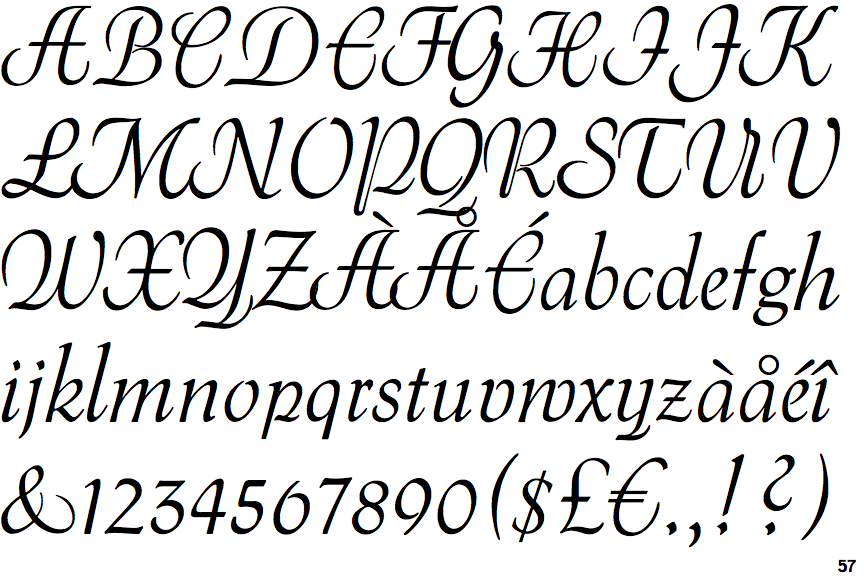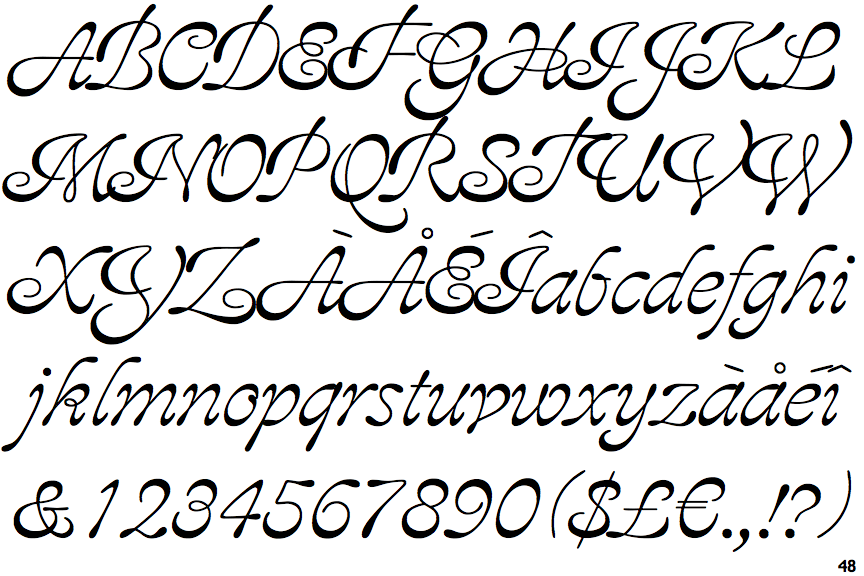Differences
Gavotte
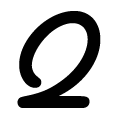 |
The upper-case 'Q' tail forms part of the stroke of an open circle.
|
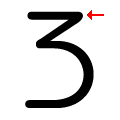 |
The top storey of the '3' is a sharp angle.
|
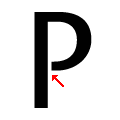 |
The centre bar of the upper-case 'P' leaves a gap with the vertical.
|
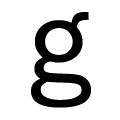 |
The lower-case 'g' is double-storey (with or without gap).
|
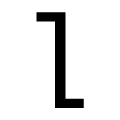 |
The 'l' (lower-case 'L') has a left-facing upper serif and right-facing lower serif or tail.
|
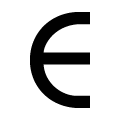 |
The upper-case 'E' is drawn as a 'C' with a bar.
|
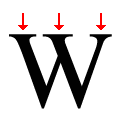 |
The top of the upper-case 'W' has three upper terminals.
|
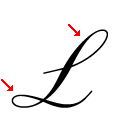 |
The upper-case 'L' has one upper and one lower loop.
|
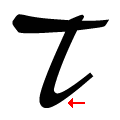 |
The tail of the upper-case 'T' curves to the right.
|
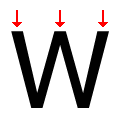 |
The top of the upper-case 'W' has three upper terminals.
|
There are more than ten differences; only the first ten are shown.
Note that the fonts in the icons shown above represent general examples, not necessarily the two fonts chosen for comparison.
Show ExamplesAja
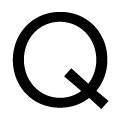 |
The upper-case 'Q' tail crosses the circle.
|
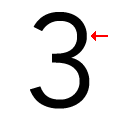 |
The top storey of the '3' is a smooth curve.
|
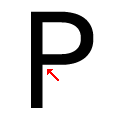 |
The centre bar of the upper-case 'P' meets the vertical.
|
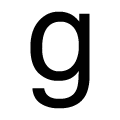 |
The lower-case 'g' is single-storey (with or without loop).
|
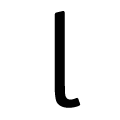 |
The 'l' (lower-case 'L') has a right-facing lower serif or tail.
|
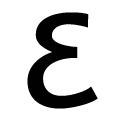 |
The upper-case 'E' is drawn as a single stroke (with or without loop).
|
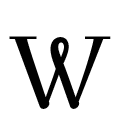 |
The top of the upper-case 'W' has an open loop.
|
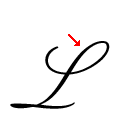 |
The upper-case 'L' has one upper loop only.
|
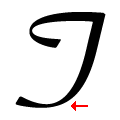 |
The tail of the upper-case 'T' curves to the left.
|
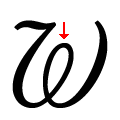 |
The top of the upper-case 'W' has an enclosed loop.
|
